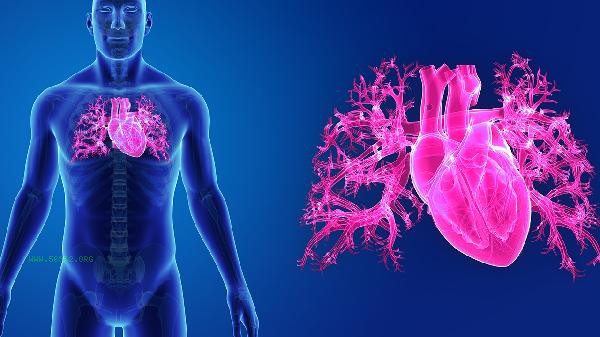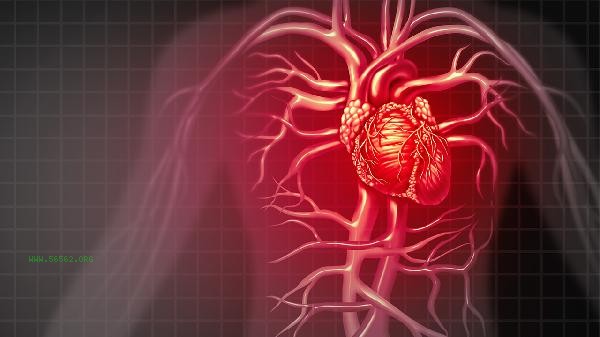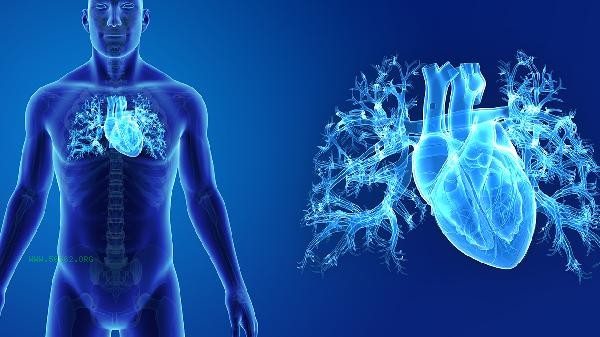Frequent running may lead to bradycardia, but it is usually a physiological adaptation phenomenon. Long term aerobic exercise can improve cardiac efficiency, and a decrease in resting heart rate is a common manifestation of the athlete's heart. Bradycardia may be caused by adaptive changes in the cardiac conduction system, increased vagal tone, and increased myocardial contractility. If symptoms such as dizziness and fatigue occur, medical attention should be sought to investigate the pathological cause. In the population who regularly run for a long time, the heart undergoes structural changes to adapt to exercise needs, with an increase in left ventricular volume and enhanced myocardial contractility. This adaptive change allows more blood to be pumped out with each beat, so the heart does not need to beat frequently to meet its blood supply needs in a resting state. The increase in vagal tone is also an important reason for the decrease in heart rate after exercise, which belongs to the benign regulation of the autonomic nervous system. It is common for professional athletes to have a resting heart rate below 50 beats per minute, with some even reaching 30-40 beats per minute. In rare cases, bradycardia may indicate pathological conditions such as sinus node dysfunction and atrioventricular block. Diseases such as electrolyte imbalance, hypothyroidism, and myocarditis caused by overtraining can also lead to abnormal heart rate decline. If accompanied by symptoms such as chest tightness, decreased exercise tolerance, blurred consciousness, or a sudden significant decrease in resting heart rate compared to previous levels, the cause should be determined through examinations such as dynamic electrocardiogram and cardiac ultrasound. Pathological bradycardia may require the installation of a pacemaker for treatment.

It is recommended that running enthusiasts regularly monitor the trend of resting heart rate changes, and beginners should follow the principle of gradual progress to avoid overtraining. Daily supplementation of potassium and magnesium containing foods such as bananas, dark green vegetables, etc. can maintain electrolyte balance, and relaxation and stretching should be carried out promptly after high-intensity training. Continuous palpitations or fainting require immediate cessation of exercise and medical attention. Electrocardiogram examination can effectively distinguish between physiological and pathological bradycardia. Middle aged and elderly runners need to pay more attention to the coordinated changes in heart rate and blood pressure, and if necessary, perform cardiac stress tests to evaluate functional reserve.








Comments (0)
Leave a Comment
No comments yet
Be the first to share your thoughts!